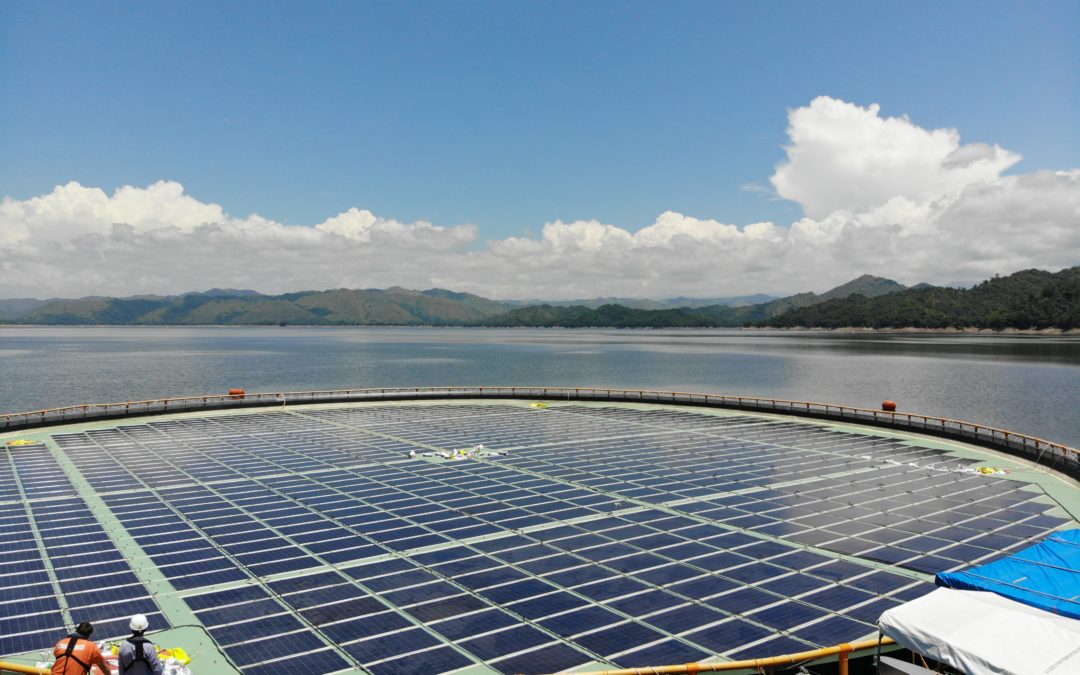Researchers from Amrita University in India have studied how small-scale floating PV could be combined with pumped-hydro storage in subsidized environments.
“Our system configuration has been initially applied to the subsidized Indian market, but it can also be utilized and operated more profitably without subsidies,” researcher B. Shyam told pv magazine.
The scientists simulated a system based a water reservoir at the Meenar-I dam in the Indian state of Kerala. They considered a subsidized time-of-day (ToD) tariff for renewable energy projects in the region. The facility was modeled using MATLAB 2021b and two different algorithms were used for optimal scheduling and design.
“The upper and lower reservoirs are 800 meters apart, and the available head is about 90 meters,” the scientists said.
In the proposed system configuration, the pumped-hydro facility stores grid electricity during off-peak hours by pumping water to the upper reservoir. During peak hours, the system feeds the load and doesn't get power from the grid.
Its mode of operation is determined by electricity prices, load demand, solar PV availability, and reservoir status. The PV system is located in the upper reservoir and has a capacity of 250 kW. The 850 solar modules have a power conversion efficiency of 16% and a temperature coefficient of 0.47% per degree Celsius. Water evaporation loss is assumed to be minimum due to the presence of a floating cover.
For daily scheduling, the scientists considered six operating modes:
- Power supply ensured exclusively by grid electricity
- Power supply ensured by grid power and floating PV
- Combined generation from grid, floating solar, and pumped hydro, with 60% initial volume available
- Combined generation from grid, floating solar, and pumped hydro, with 20% initial volume available
- Combined generation from grid, floating solar, and pumped hydro, with 60% initial volume and grid export facility
- Combined generation from grid, floating solar, and pumped hydro, with 20% initial volume and grid export facility
The last configuration had the lowest daily operational cost and was chosen as the base case for further investigation.
“For Case-VI, the round-trip efficiency of the system is about 57.13%,” the scientists said. “When the model is simulated with Case-VI conditions for a typical day, daily operating cost is reduced by about 40% … Once the storage is saturated, the excess energy from PV modules cannot be stored.”
Through their analysis, the academics found that the PV system can achieve savings at a levelized cost of INR 0.8518 ($0.011)/kWh and a levelized cost of storage (LCOS) of INR 4.2713/kWh.
“The size of the PV system is critical to the system configuration. Utilizing the given reservoir area to its maximum capacity will result in the lowest unit and operational costs. However, only a portion of the reservoir may be utilized for PV module installation due to practical constraints. Existing large-scale cascaded power plants integrated with a floating PV system can produce better LCOS,” said Shyam.
The researchers described the proposed approach in “Feasibility of floating solar PV integrated pumped storage system for a grid-connected microgrid under static time of day tariff environment: A case study from India,” published in Renewable Energy.
This content is protected by copyright and may not be reused. If you want to cooperate with us and would like to reuse some of our content, please contact: editors@pv-magazine.com.




1 comment
By submitting this form you agree to pv magazine using your data for the purposes of publishing your comment.
Your personal data will only be disclosed or otherwise transmitted to third parties for the purposes of spam filtering or if this is necessary for technical maintenance of the website. Any other transfer to third parties will not take place unless this is justified on the basis of applicable data protection regulations or if pv magazine is legally obliged to do so.
You may revoke this consent at any time with effect for the future, in which case your personal data will be deleted immediately. Otherwise, your data will be deleted if pv magazine has processed your request or the purpose of data storage is fulfilled.
Further information on data privacy can be found in our Data Protection Policy.